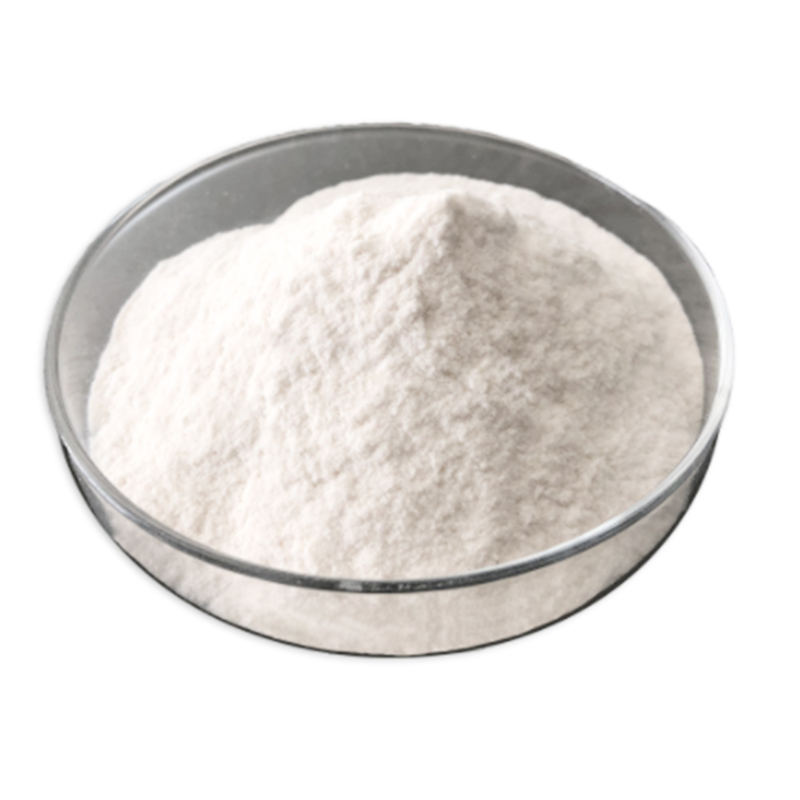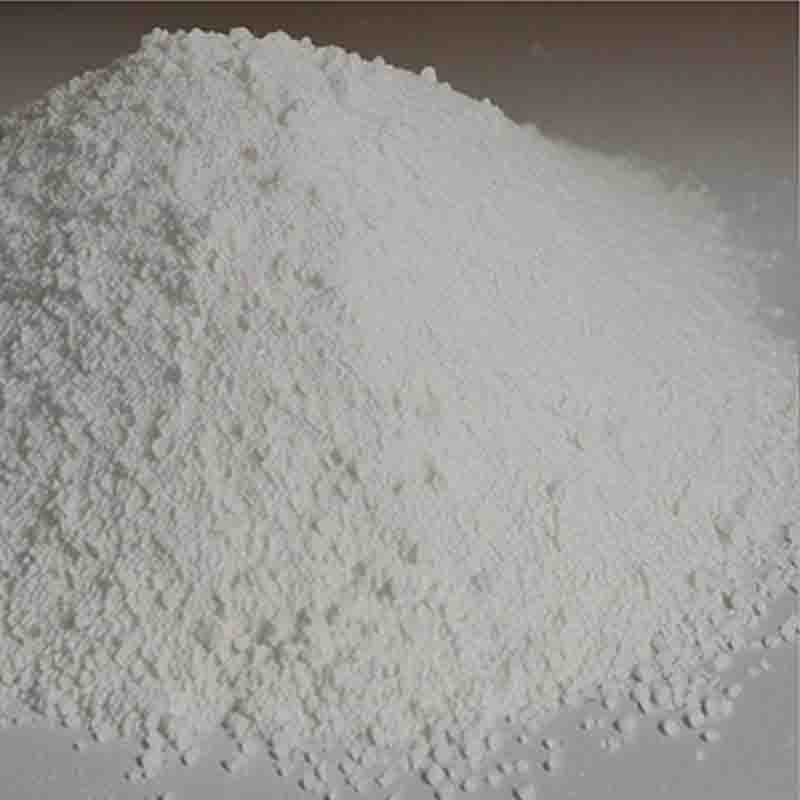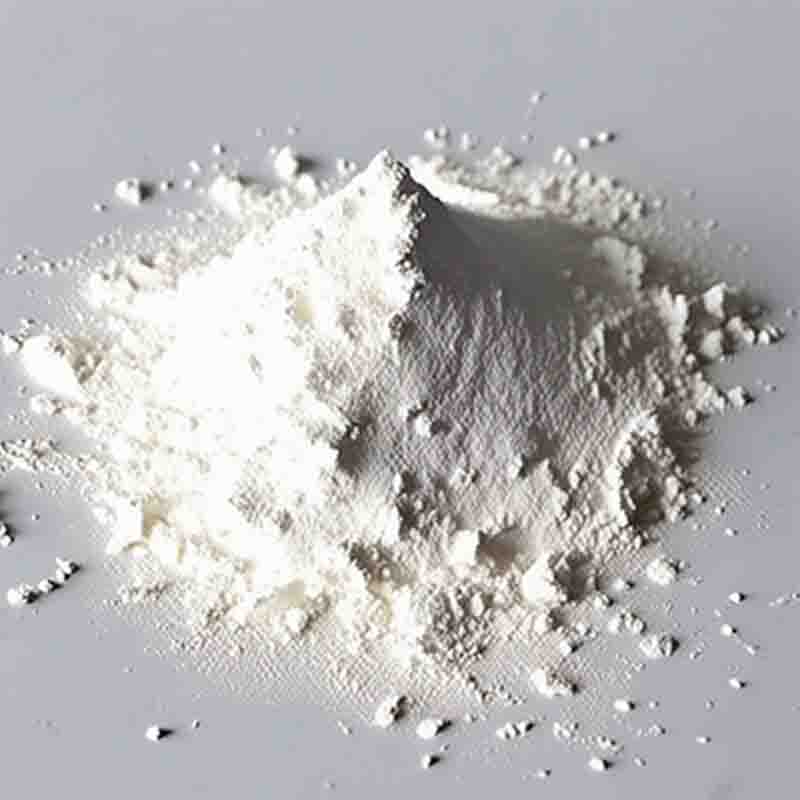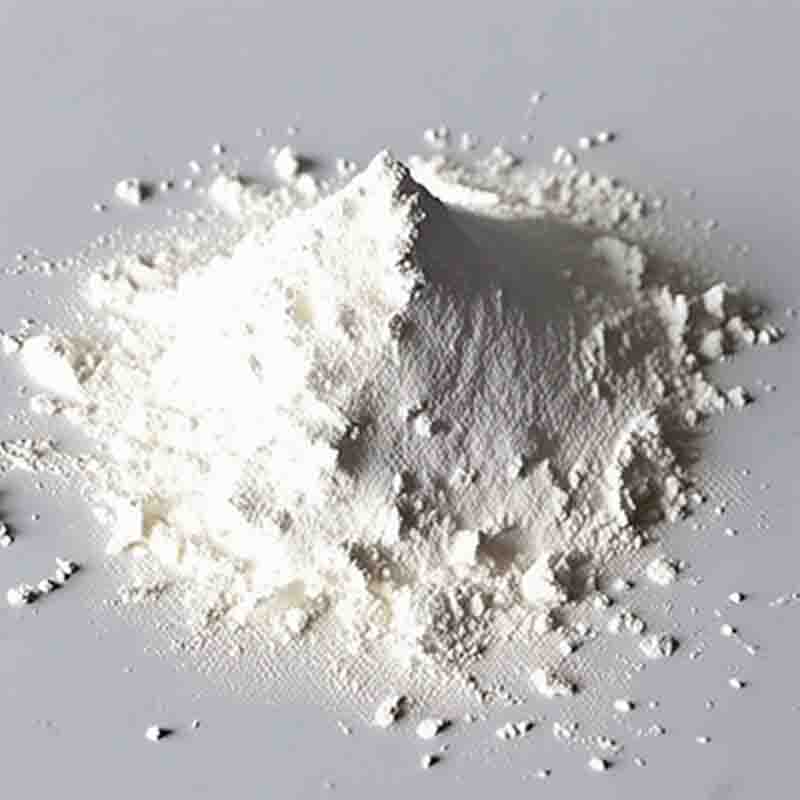5,6,7,7a-Tetrahydrothieno[3,2-c]pyridine-2(4H)-one hydrochlorideCAS: 115473-15-9
| Catalog Number | XD93406 |
| Product Name | 5,6,7,7a-Tetrahydrothieno[3,2-c]pyridine-2(4H)-one hydrochloride |
| CAS | 115473-15-9 |
| Molecular Formula | C14H8ClFN2O3 |
| Molecular Weight | 191.67 |
| Storage Details | Ambient |
Product Specification
| Appearance | White powder |
| Assay | 99% min |
5,6,7,7a-Tetrahydrothieno[3,2-c]pyridine-2(4H)-one hydrochloride, also known as riluzole hydrochloride, is a medication that is primarily used in the treatment of amyotrophic lateral sclerosis (ALS), also known as Lou Gehrig's disease. It is an oral medication that works by modulating the levels of glutamate, an excitatory neurotransmitter, in the brain.Riluzole hydrochloride is thought to work by decreasing glutamate release, inhibiting glutamate uptake, and blocking glutamate receptors. Glutamate is believed to play a role in the progression of ALS and by modulating its levels, riluzole hydrochloride may slow down the degeneration of motor neurons and potentially help to prolong survival.Aside from its use in ALS, riluzole hydrochloride has also been investigated for its potential use in other neurological disorders such as Alzheimer's disease, multiple sclerosis, and depression. However, its effectiveness in these conditions is still being studied and further research is required.As with any medication, riluzole hydrochloride can cause side effects. Common side effects include nausea, vomiting, dizziness, weakness, and stomach pain. Less common but more serious side effects may include liver problems, allergic reactions, and changes in blood counts. It is important to discuss any potential risks and benefits with a healthcare professional before starting riluzole hydrochloride.In conclusion, 5,6,7,7a-Tetrahydrothieno[3,2-c]pyridine-2(4H)-one hydrochloride, or riluzole hydrochloride, is a medication used to treat ALS by modulating glutamate levels in the brain. While it is effective in slowing down the progression of ALS, it may also cause side effects that should be monitored. Its use in other neurological conditions is still being investigated.


![5,6,7,7a-Tetrahydrothieno[3,2-c]pyridine-2(4H)-one hydrochlorideCAS: 115473-15-9 Featured Image](https://cdn.globalso.com/xdbiochems/白色粉末1129.jpg)
![5,6,7,7a-Tetrahydrothieno[3,2-c]pyridine-2(4H)-one hydrochlorideCAS: 115473-15-9](https://cdn.globalso.com/xdbiochems/粉末142.jpg)



![4-[(2Z)-3-(3,5-dichlorophenyl)-4,4,4-trifluoro-1-oxo-2-buten-1-yl]-2-methyl-N-[2-oxo-2-[(2,2,2-trifluoroethyl)amino]ethyl]-Benzamide CAS: 943436-93-9](https://cdn.globalso.com/xdbiochems/白色粉末1035.jpg)

